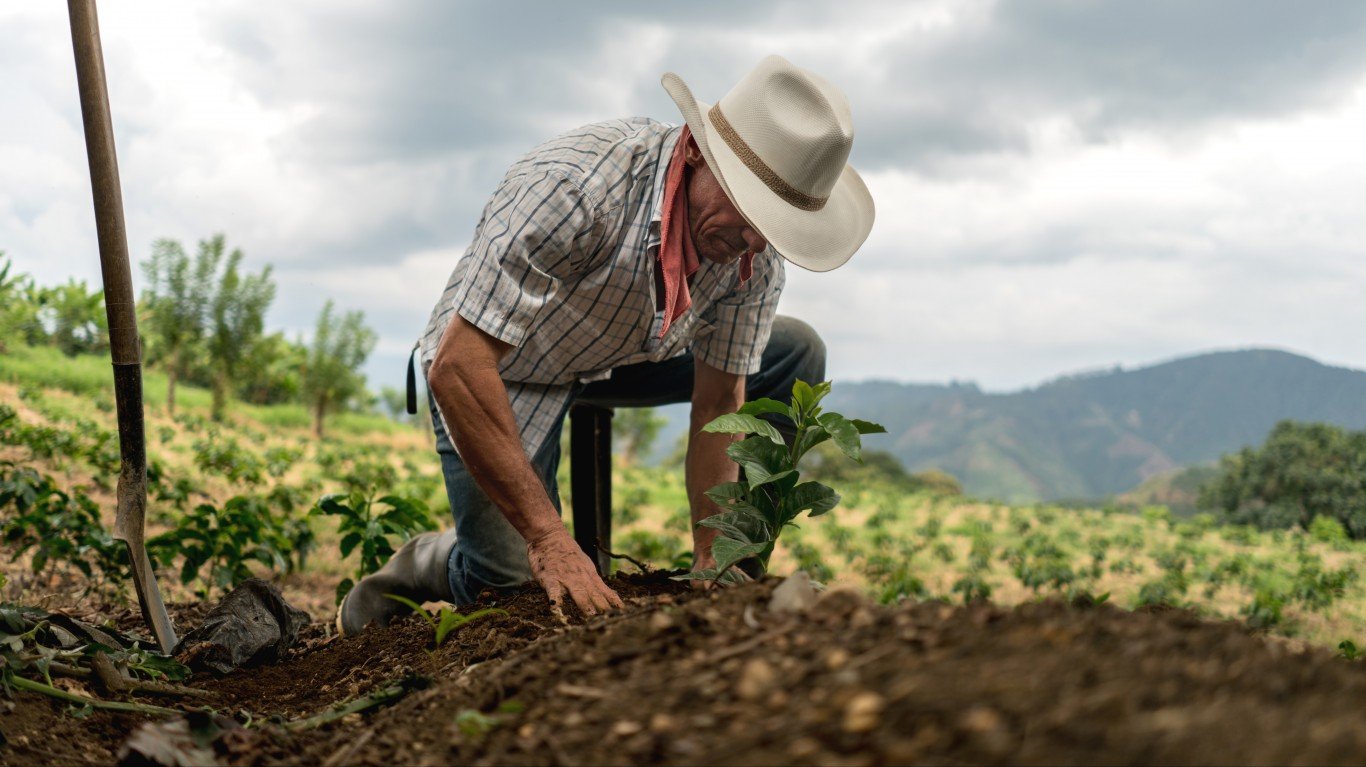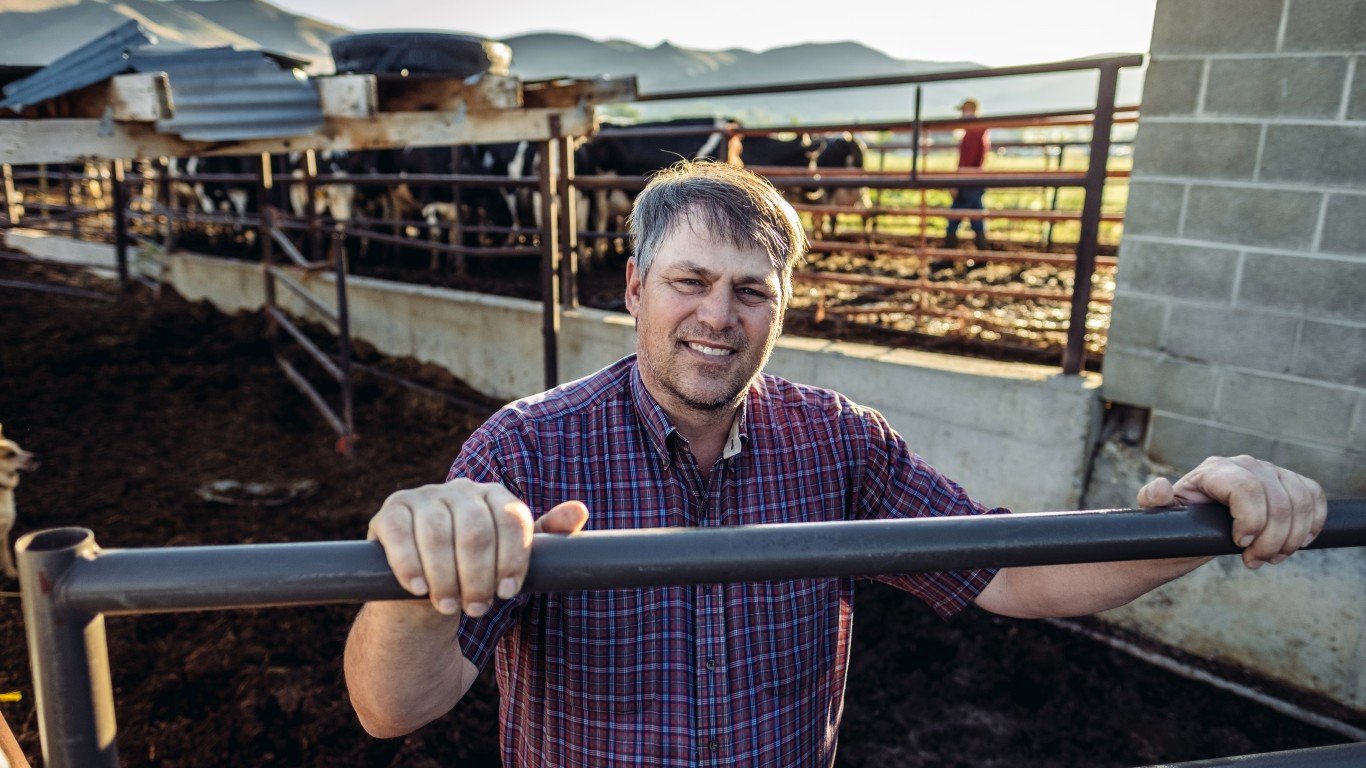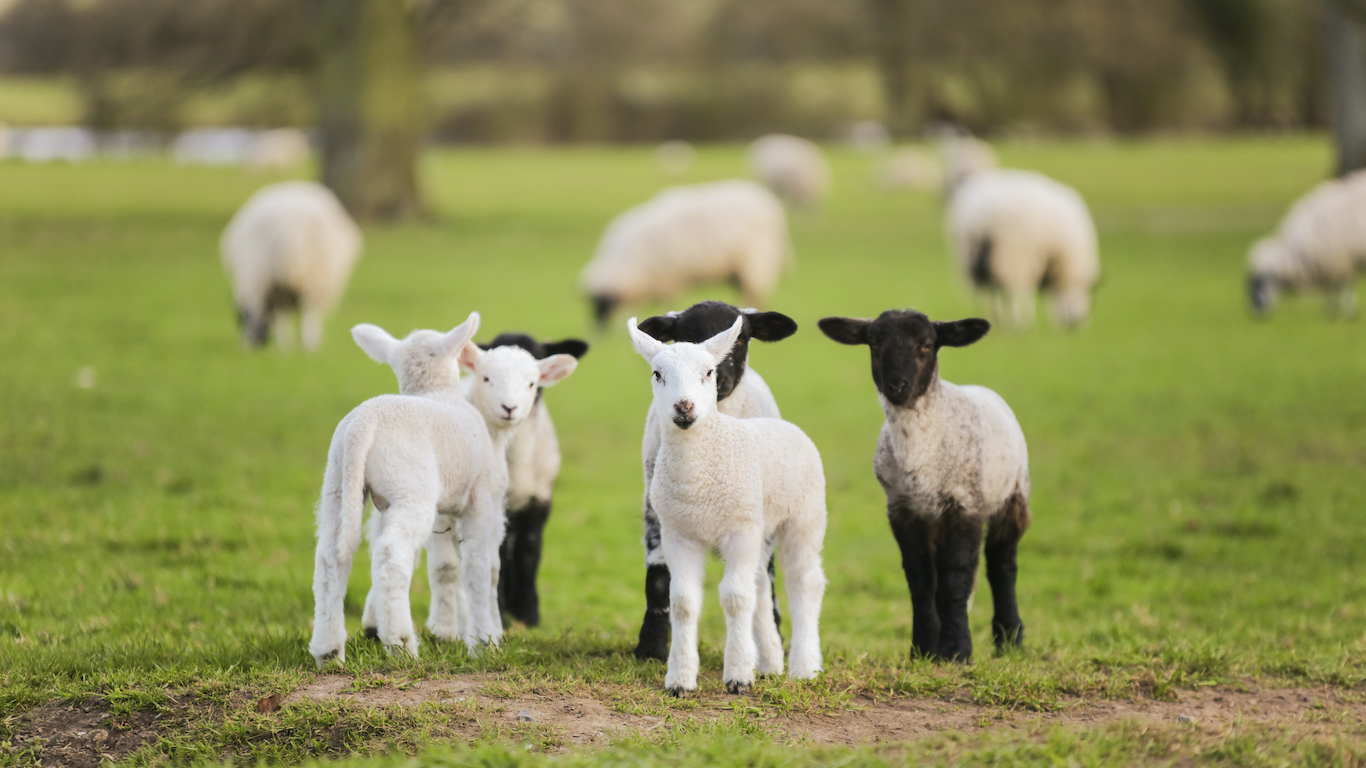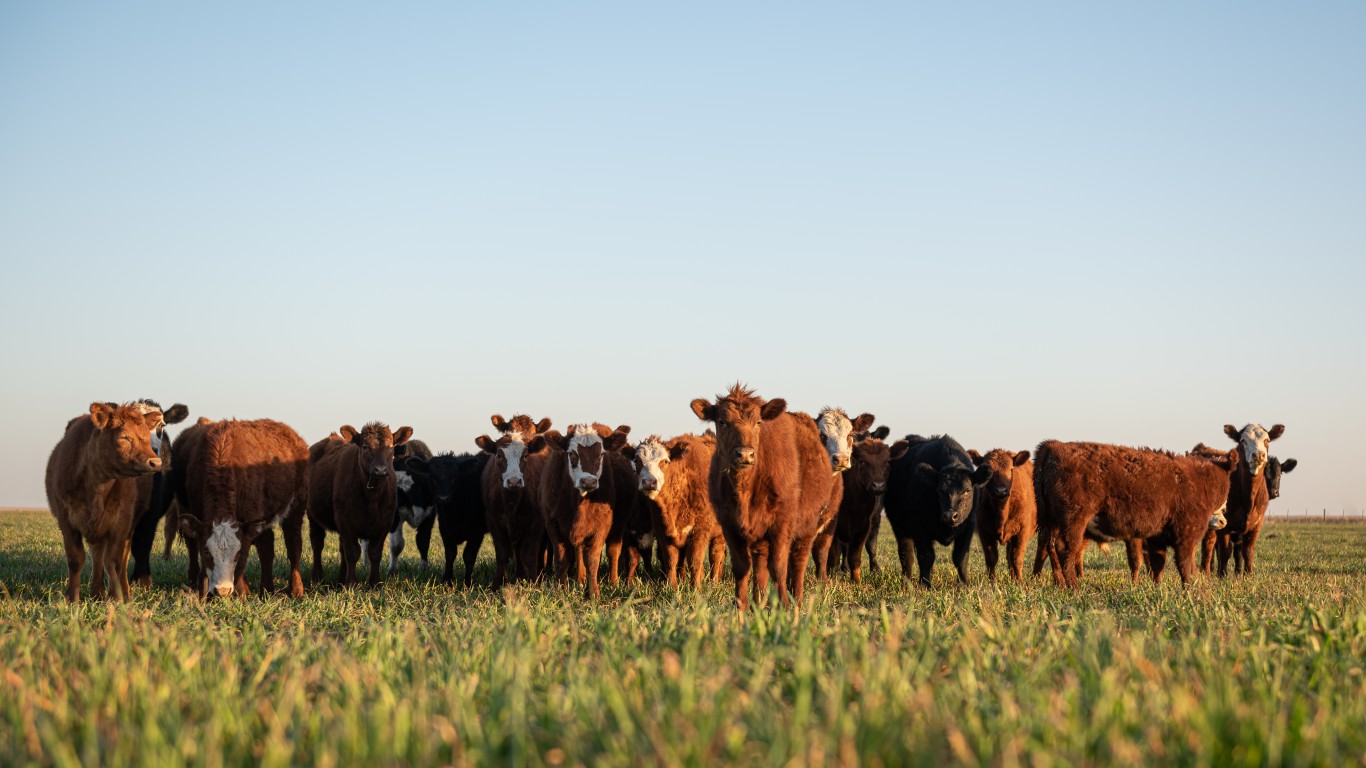
5. Coffee
> GHG emissions in kg of CO2 equivalents per 1 kg of food: 28.5
> GHG emissions in kg of CO2 equivalents per nutritional unit: 0.4 per 1 kg (6th lowest)
> Land use in sq meters per 1 kg of food: 21.6 (7th highest)
> Freshwater withdrawal in liters per 1 kg of food: 25.9 (5th lowest)

4. Bovine Meat (dairy herd)
> GHG emissions in kg of CO2 equivalents per 1 kg of food: 33.3
> GHG emissions in kg of CO2 equivalents per nutritional unit: 16.9 per 100 g protein (4th highest)
> Land use in sq meters per 1 kg of food: 43.2 (5th highest)
> Freshwater withdrawal in liters per 1 kg of food: 2,714.3 (5th highest)

3. Lamb & Mutton
> GHG emissions in kg of CO2 equivalents per 1 kg of food: 39.7
> GHG emissions in kg of CO2 equivalents per nutritional unit: 19.9 per 100 g protein (2nd highest)
> Land use in sq meters per 1 kg of food: 369.8 (the highest)
> Freshwater withdrawal in liters per 1 kg of food: 1,802.8 (9th highest)

2. Dark Chocolate
> GHG emissions in kg of CO2 equivalents per 1 kg of food: 46.7
> GHG emissions in kg of CO2 equivalents per nutritional unit: 2.3 per 1000 kcal (17th highest)
> Land use in sq meters per 1 kg of food: 69.0 (4th highest)
> Freshwater withdrawal in liters per 1 kg of food: 540.6 (18th highest)

1. Bovine Meat (beef herd)
> GHG emissions in kg of CO2 equivalents per 1 kg of food: 99.5
> GHG emissions in kg of CO2 equivalents per nutritional unit: 49.9 per 100 g protein (the highest)
> Land use in sq meters per 1 kg of food: 326.2 (2nd highest)
> Freshwater withdrawal in liters per 1 kg of food: 1,451.2 (11th highest)

 24/7 Tempo
24/7 Tempo




